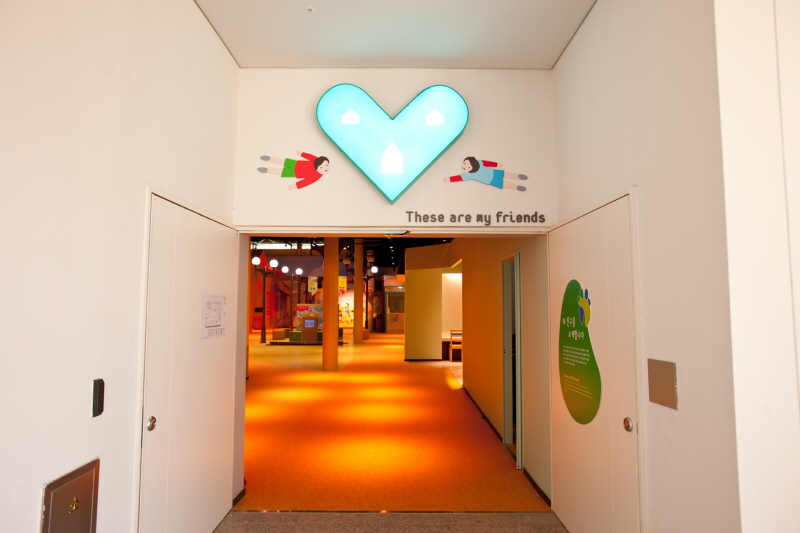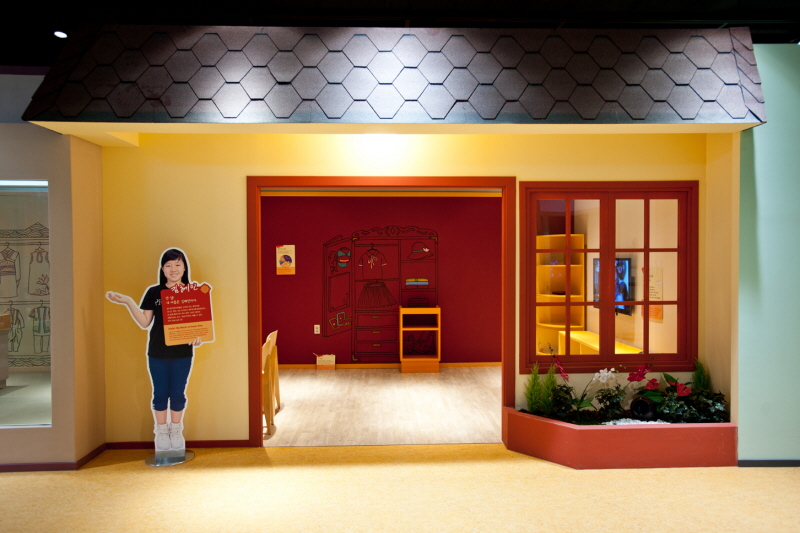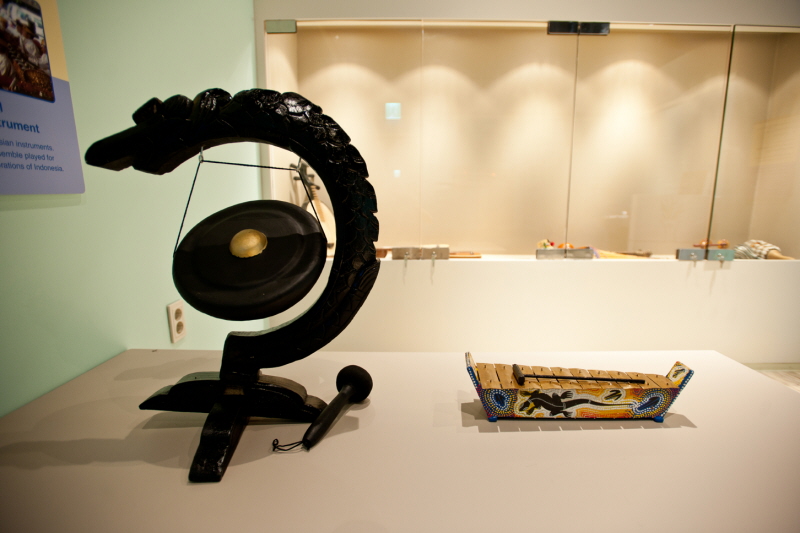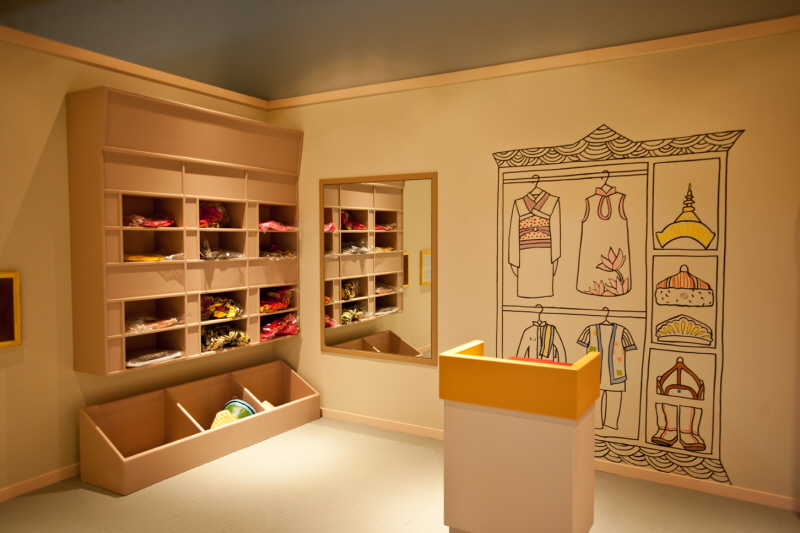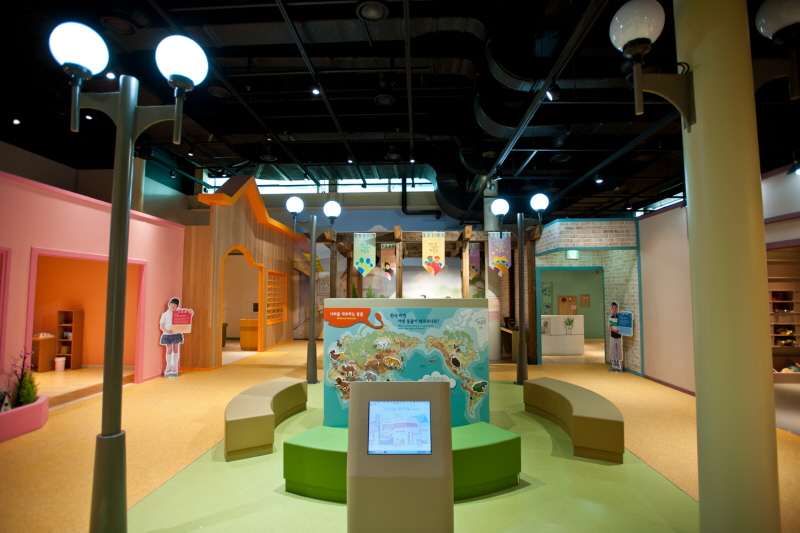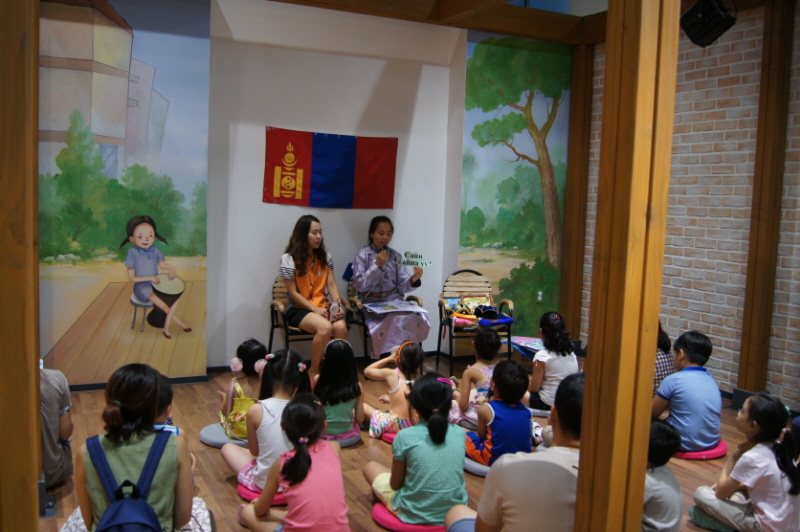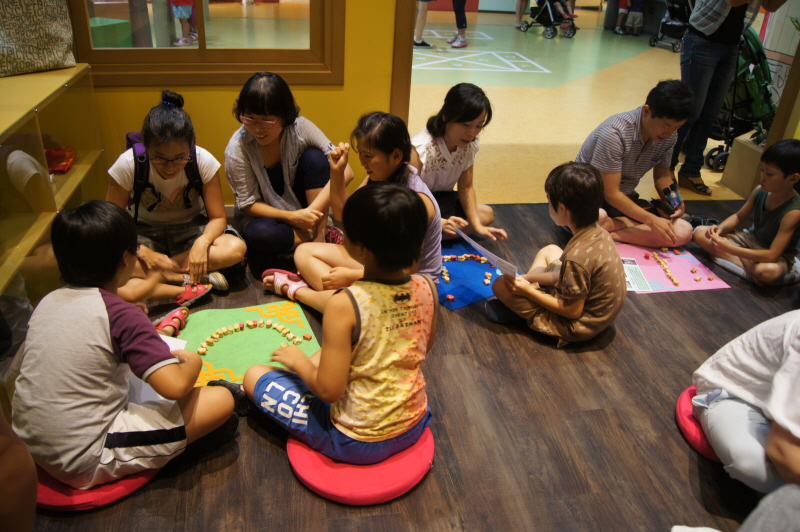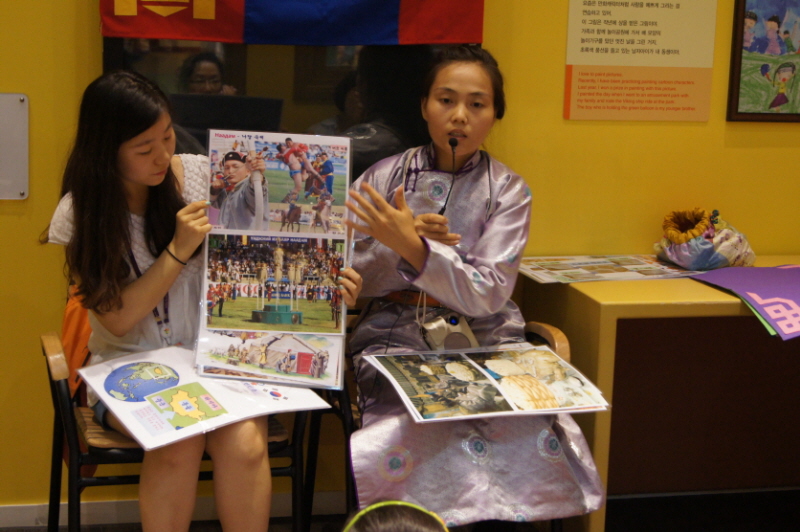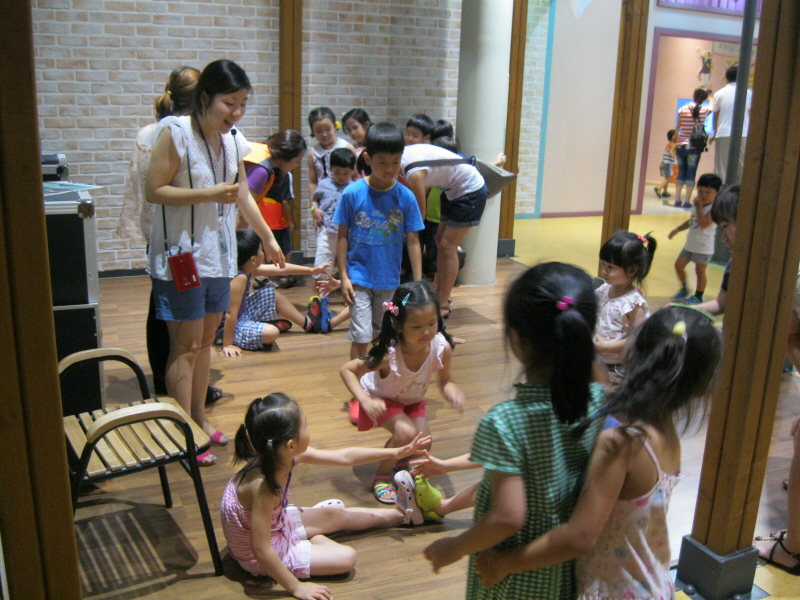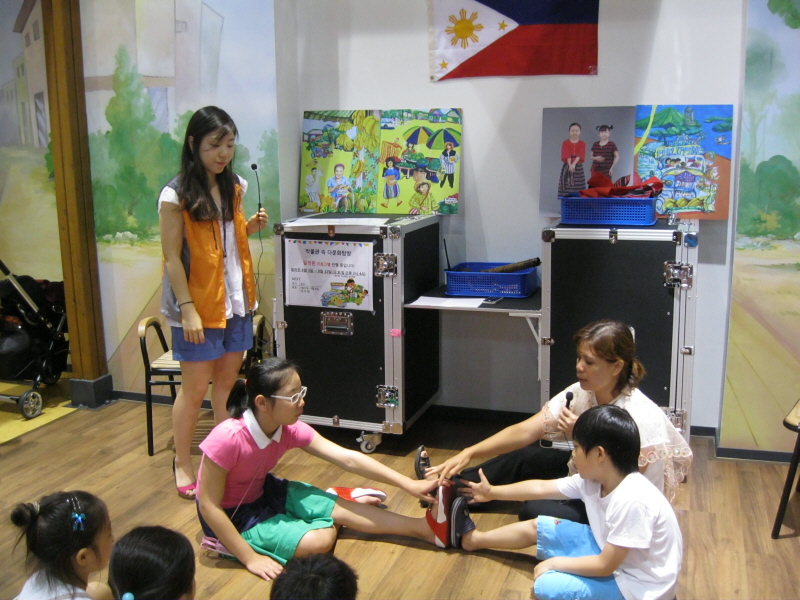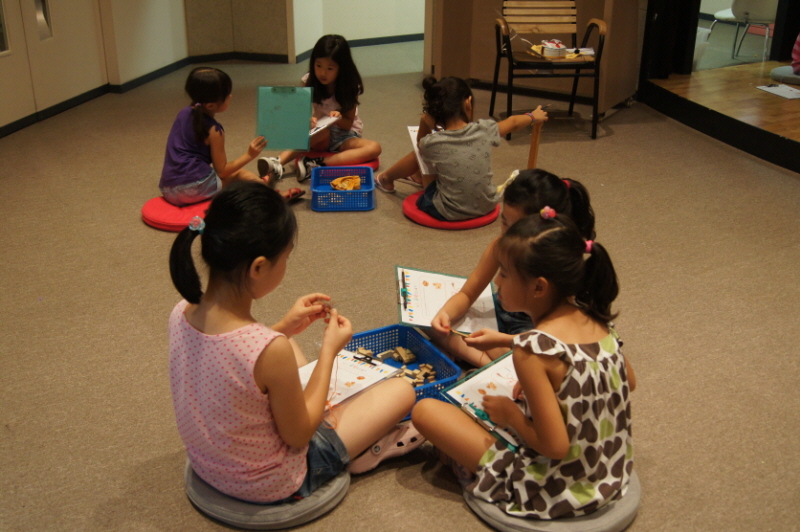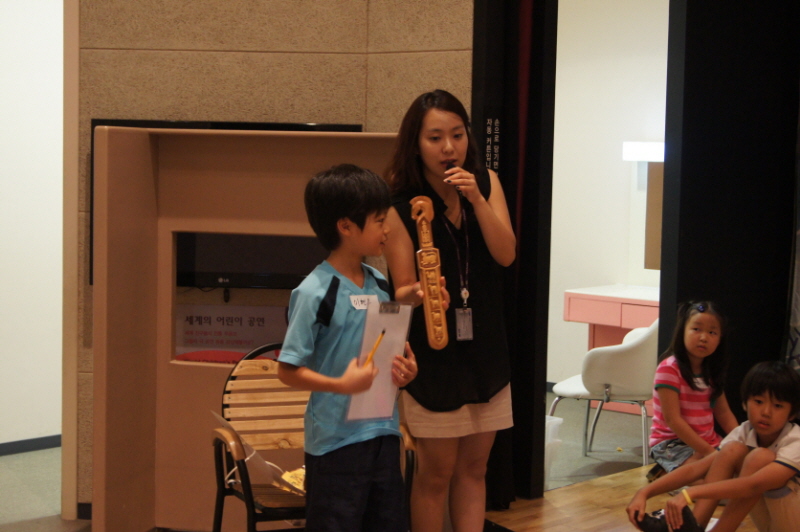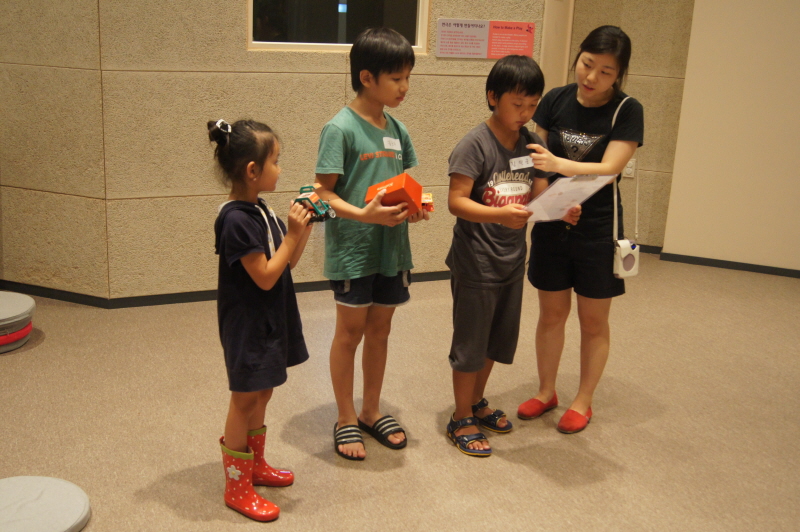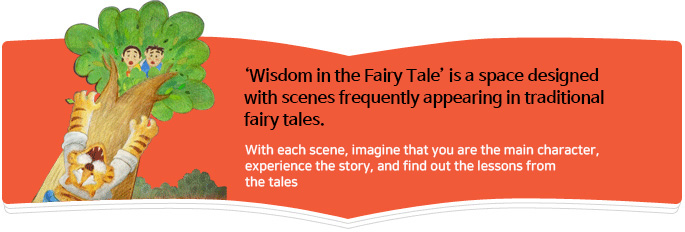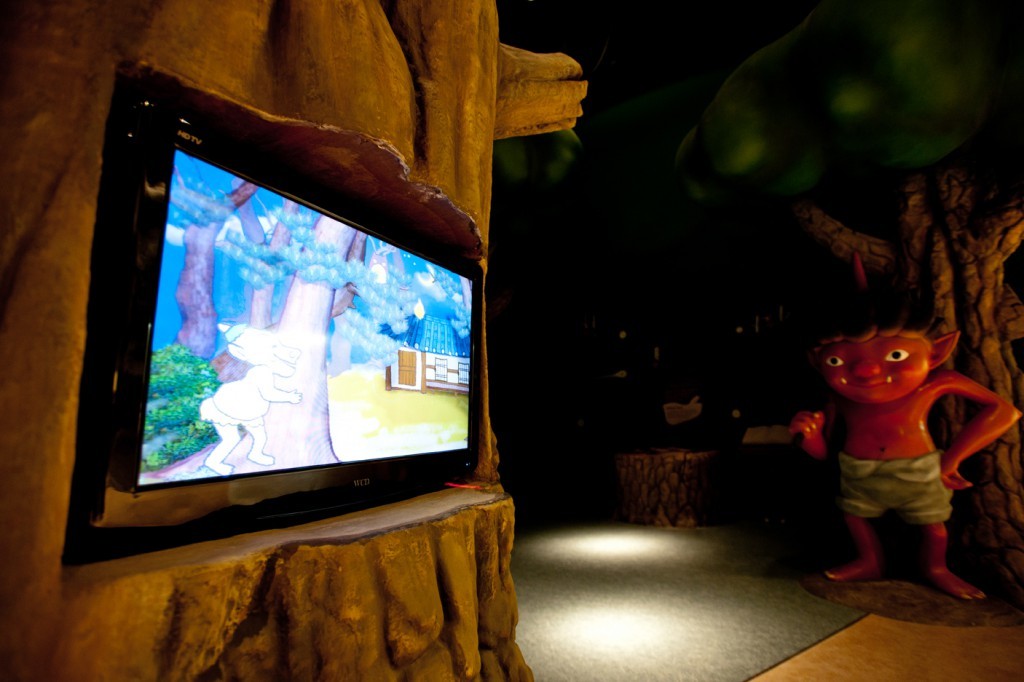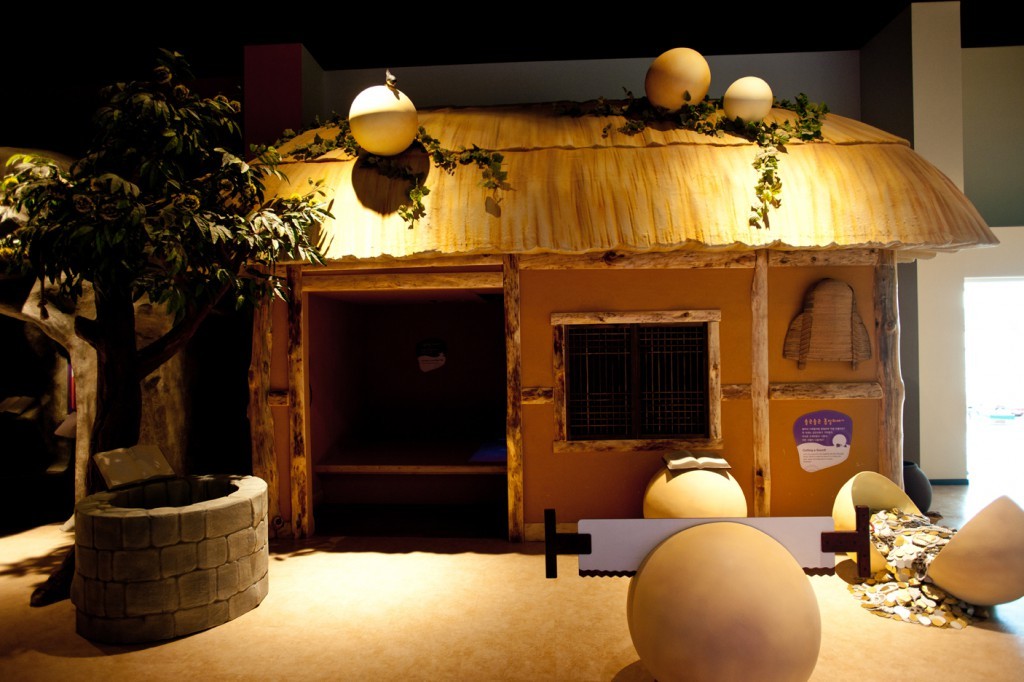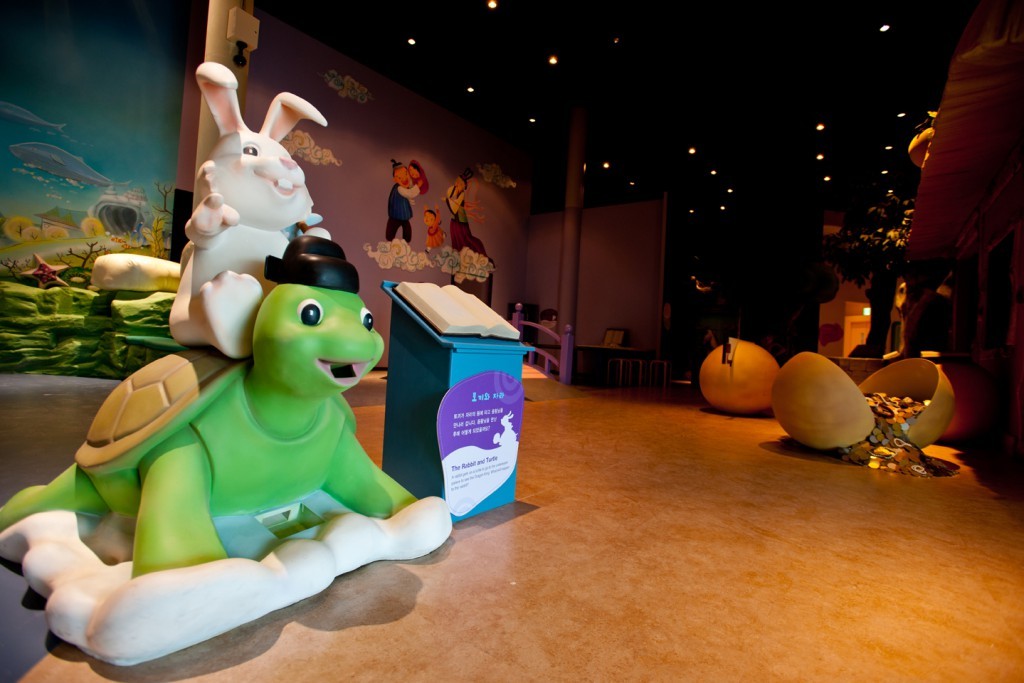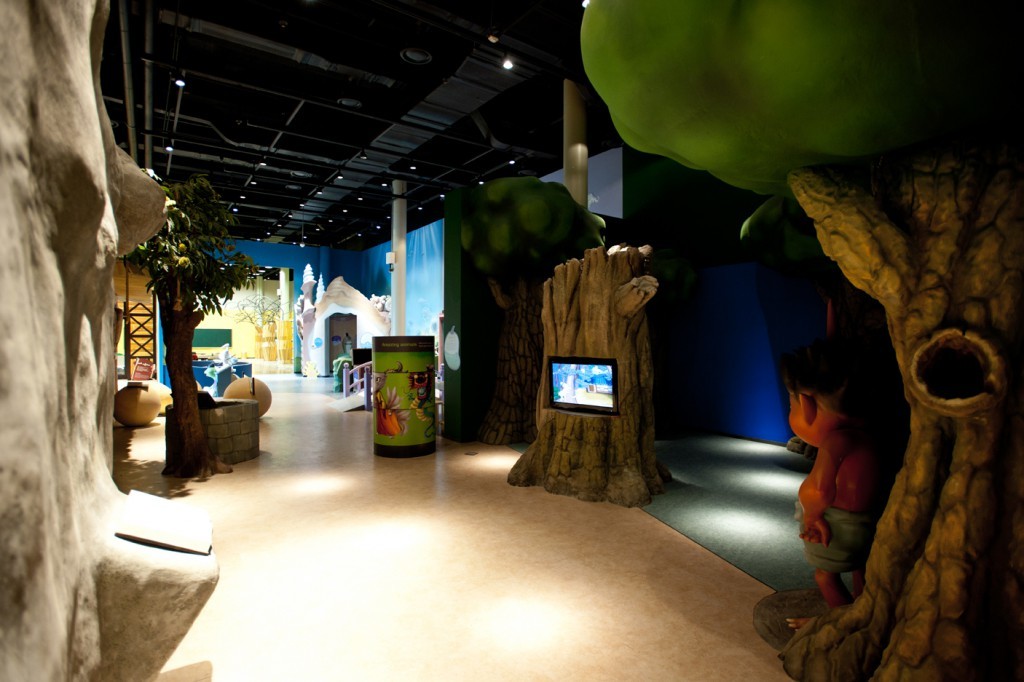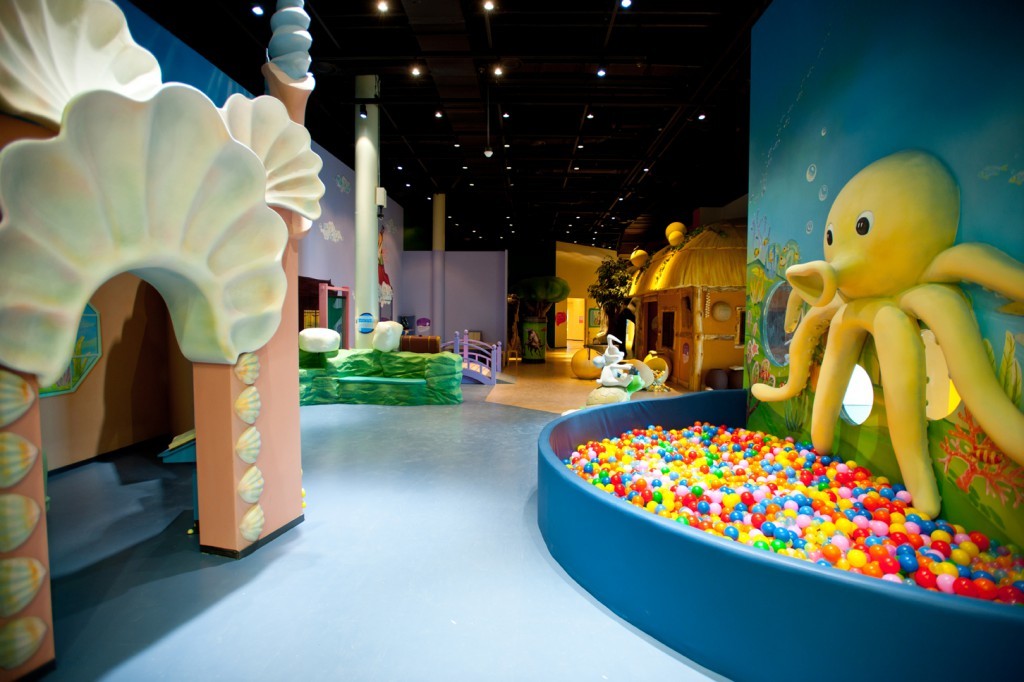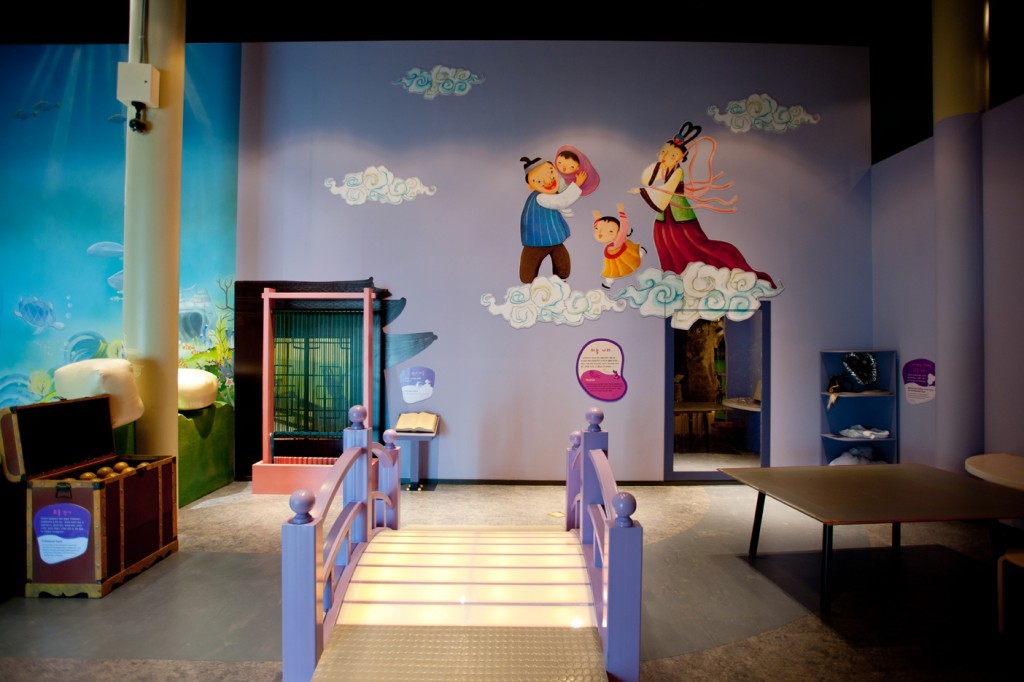1. The Cathode Ray Will Replace the Canvas
“As collage technic replaced oil-paint, the cathode ray will replace the canvas.
Someday artists will work with capacitors, resistors & semi-conductors
as they work today with brushes, violins & junk.”
-Nam June Paik, Electronic Videotape Recorder in Pamphlet of Paik’s video screening in Café au Go Go, New York, 1965
Nam June Paik played his first video recorded tape in 1965 at Café au Go Go in New York, where he frequently performed. There, he distributed a pamphlet called Electronic Videotape Recorder. Fontainebleau, which comprises 20 color monitors placed in a quaint wooden frame gilded in gold, is a piece that shows Nam June Paik’s comment that the cathode ray will be replacing the canvas. This two-channel work shows decorative and abstract images flashing by. The title ‘Fontainebleau’ appears to be taken from the Fontainebleau castle in France. This is where the rulers of France including Napoleon stayed, and also the location of the François I Gallery, which is the archetype of all ‘galleries’ and the exhibition space that featured paintings with gilded frames.
Nam June Paik, Fontainbleu, 1988, 2 channel video sculpture, TV, frame, color, silent

2. Score: Music and Performance
Nam June Paik, having begun to learn piano and composition in an early age, started composing his own music in the age of fifteen in 1947 while he was still going to Gyeonggi High School, such as pairing Sowol Kim’s poems Someday and After Many Many Days with music. Paik, as a middle school student, was familiar with contemporary composers such as Schönberg and Bartok. In particular, he took to Schönberg’s music, and wrote his graduation dissertation on Schönberg at Tokyo University in Japan. Paik moved to Germany to continue his studies in music, and joined the ‘Fluxus,’ an artist group that experimented with borderless art across genres.
Paik’s performance presents the fundamental characteristics of the Fluxus in its nature of ‘intermedia’ crossing. His scores, consisting of textual sentences instead of musical scores, simultaneously embody visual elements in that the instructions are sometimes presented in scrolls; performative elements in that the performer acts according to the sentences; and literary traits in that the scores are made of sentences along with musical faculties.
Nam June Paik, Mary Bauermeister, Piano and Letters, piano(1960), letters(1962-1980), installation, object, dismentled piano and copies of documents, images, letters from Nam June Paik, dimension variable

Mary Bauermeister was Nam June Paik’s close colleague and a Fluxus artist. This work consists of written correspondences between the two artists, and scenes from a concert that took place in the early 1960s at Bauermeister’s studio. The piano, decked with paper and photographs, is also part of the actual object that was used at the concert. Along with Paik’s piece Klavier Integral(Integral Piano), which was introduced at Exposition of Music – Electronic Television, the destroyed piano shows the experimental spirit of the artists at the time, who expressed new concepts of art such as viewer participation, improvisation, and coincidence.
3. Film
John Cage had noted that three works share the property of silence: Nam June Paik’s Zen for Film, a presentation of an a film containing nothing, with Robert Rauschenberg’s White Painting, which consists of an empty canvas, and his own work 4’33”, wherein the audience listens to the ambient noise from the surroundings while the player sits there without playing anything for four minutes thirty three seconds. To Paik, the empty film was a kind of plane that is not empty but is indeed empty. The strong light emitted from the 16mm film projector while it spins the film clearly shows the form of dust specs stuck to the film on the white wall.
Meanwhile, Paik also saw the film as a plane that portrays changes in movements. He made 16mm black and white film pieces that record simple, repeated action. The films he produced during this period are also the product of various artistic explorations Paik engaged with while his interest was moving on from performance to electronic media, such as the relationship between performance and video, or video and sound.
Nam June Paik, Jud Yalkut, Cinéma Metaphysique: Nos. 2, 3 and 4, 1967–1972, video, b&w, sound, 8min 39sec

This is part of Nam June Paik’s experimental “video-film” series he collaborated on with Jud Yalkut. It not only features Paik himself, but also Takehisa Kosugi and an unidentified Native American. The screen introduces the varied facial expressions and performances of the people in the film and in a black and white plane, divided in different proportions, while minimizing movement. This piece shows Paik’s experimental spirit, as it moves on from video to performance and film, along with Hand and Face.
4. TV
Paik began to use the television as an alternative canvas beginning in the early 1960s. He developed an interest in television by meeting people in the field of broadcasting and encountering various equipment in the industry between 1958 and 1963, when he was working with electronic music at Germany’s WDR broadcasting station. In 1963, he introduced thirteen televisions that became a piece of art in his first solo exhibition Exposition of Music – Electronic Television. What distinguishes Paik’s use from that of other artists is that he places weight on the interaction of the viewers, through which the artwork becomes complete, and presents the expansion of networks in an artistic yet also widely accessible manner. Paik’s works using television, developed into a variety of forms, are interesting in that they present television as a medium located in the process by which something is made or becomes something else, instead of a state that embodies a preexistent becoming.
Nam June Paik, Real Fish/Live Fish, 1982(1999), video installation, 2 Philco televisions, video camera, tripod, aquarium and live fish

In this piece, comprising two Philco vacuum tube televisions, one of them becomes a fish tank, deprived of all its mechanical components. In the TV-fish tank, there is a real fish swimming about. The other television presents a real-time image of the fish, mediated through a closed circuit camera. This piece shows both a live fish and its real-time visual mediation; the viewers, as they watch the piece, are drawn to ponder on the meaning of experiencing conceptualized time.
Nam June Paik, Yul Gok, 2001, 1 channel video sculpture, TV and radio cases, antennas, color, silent

Nam June Paik introduces the Family of Robot series at the 1986 Chicago International Art Exposition. From thereon, he reconfigured various people into robots, producing a robot series modeled after Korea’s historical celebrities such as Jang Youngsil, King Sejong, and Queen Seondeok. This piece, which portrays Yul Gok the Confucian and politician from the sixteenth century in the form of a robot, consists of seventeen monitors which show various videos such as fan dance performance in a glamourous and quick presentation.
5. Paik-Abe Video Synthesizer·Broadcasting·Satellites
To edit and transmit television images real-time, Nam June Paik produces a machine called Paik-Abe Video Synthesizer in 1969 in collaboration with the engineer Shuya Abe. The synthesizer is unique in that it does not experiment with videos according to predetermined criteria, but instead produces unforeseeable combinations through various manipulations. The first to be produced with the Paik-Abe Video Synthesizer was Video Commune: The Beatles from Beginning to End, which was broadcast real-time by the U.S. public broadcasting network station WGBH in 1970. Paik transmitted the videos he produced not only through broadcasting networks, but also satellites. Starting with his satellite piece live-broadcast for Kassel Documenta 6 opening ceremony, he produced a large-scale satellite project called the satellite trilogy: Good Morning Mr. Orwell(1984), Bye Bye Kipling(1986), and Wrap Around the World(1988). Paik’s experiments were mediated not only to gallery visitors but also to television viewers sitting in their households through the broadcasting networks and satellites.
Nam June Paik, Kassel Documenta 6 Satellites Live Telecast, 1977, video, color, sound, 29min 11sec

This piece portends Nam June Paik’s satellite trilogy Good Morning Mr. Orwell, Bye Bye Kipling, and Wrap Around the World. Nam June Paik produced a live satellite broadcast performance for Kassel Documenta 6’s opening ceremony in 1977, connecting various places in collaboration with Joseph Beuys, Charlotte Moorman, and Douglas Davis. This piece includes a number of Paik’s signature performances, such as Paik playing the piano by striking on the keys with a video camera, or Paik covering Moorman’s head with a television case while she plays Brahms’s Lullaby.
Nam June Paik, Rendez-vous Celeste, 1984, work on paper, 31×41cm

Inspired by the star-crossed love story between a heavenly shepherd and seamstress(Gyeonu and Jiknyeo) in Korea, China and Japan. Faint waves coming from television screens in New York and Paris cross ways in the sky, which symbolizes the encounters of stars across time and space, as shown in Good Morning Mr. Orwell. Paik mentioned that encounters between great geniuses such as Joseph Beuys and John Cage, who were friends but never actually met on the stage, or Beuys and Allen Ginsberg, who also never co-starred in spite of sharing many visions, will continuously accumulate through a geometric process of evolution.
6. Nostalgia: Drawings and Paintings
Nam June Paik continued his work with passion and ceaselessly tried out new ideas, playing the piano with his right hand or even producing pieces that incorporate laser technology even after suffering a incapacitating stroke in 1996. The drawings and paintings Paik produced during this period resemble the overlapping images within a single frame we see in his satellite or TV pieces. Paik’s drawings and paintings, which appear to be spontaneous, are reminiscent of innocent drawings made by children. In these works, it feels as if Paik – as he freely moves between media, time, and space – is looking back upon and returning to his childhood days.
7. Key to the Highway
Nam June Paik produced Key to the Highway(Rosetta Stone), encrypting the changes in his works and the paths he took to arrive at those transformations. The upper portion of this work, modeled after the Rosetta Stone discovered by Napoleon’s troops they marched into Egypt, consists of video drawings. The mid-body part shows his artistic profile, and the lower portion houses images taken from Paik’s videos. The mid-body portion also explains why Paik began with music and moved to video media; how he joined Fluxus; and his relationship with other artists with whom he exchanged influences and inspirations, in Korean, English, French, German, and Japanese. This part provides information about the changes in Paik’s artistic oeuvre.
Nam June Paik, Key to the Highway (Rosetta Stone), 1995, Print, 86×71cm

Admission
Adults: 4,000 won
Students: 2,000 won원
2Under 6 : Free
Over 66 : Free
25% discount for inhabitants of Gyeonggi Province and 50% discount for groups of 20 or more adults (Excluding students).
Opening Hours
September to June : Mon.~Sun. 10am-6pm
(July and August : Mon.~Sun. 10am-7pm)
Closed on : Every Monday of the month.
Every January 1st and New Year’s Day, Thanksgiving Day
※ Last admission is one hour before closing.
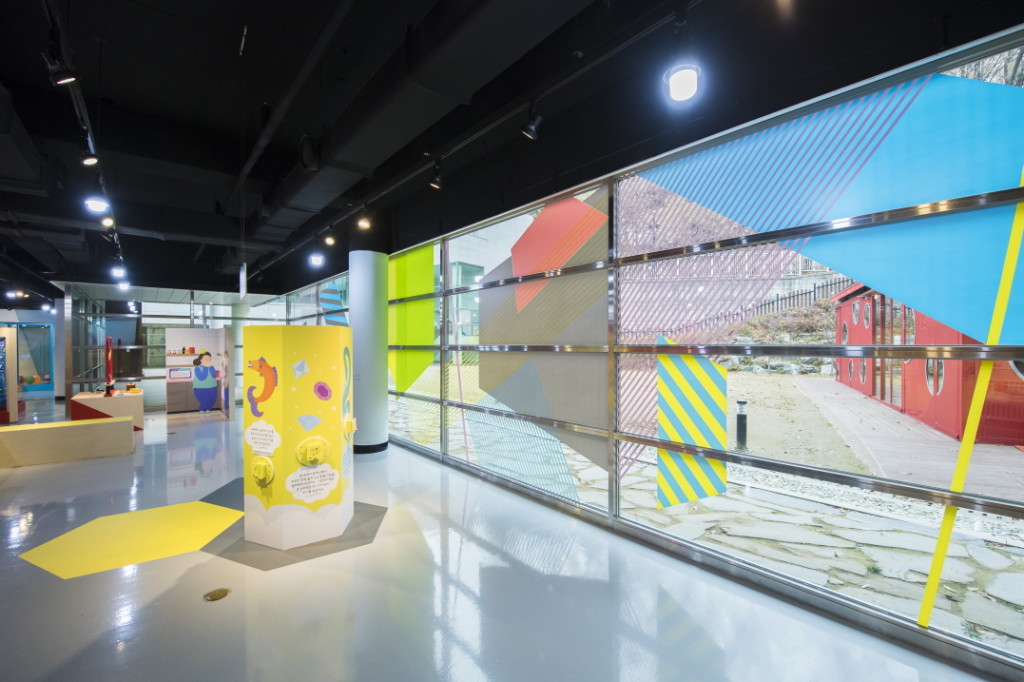

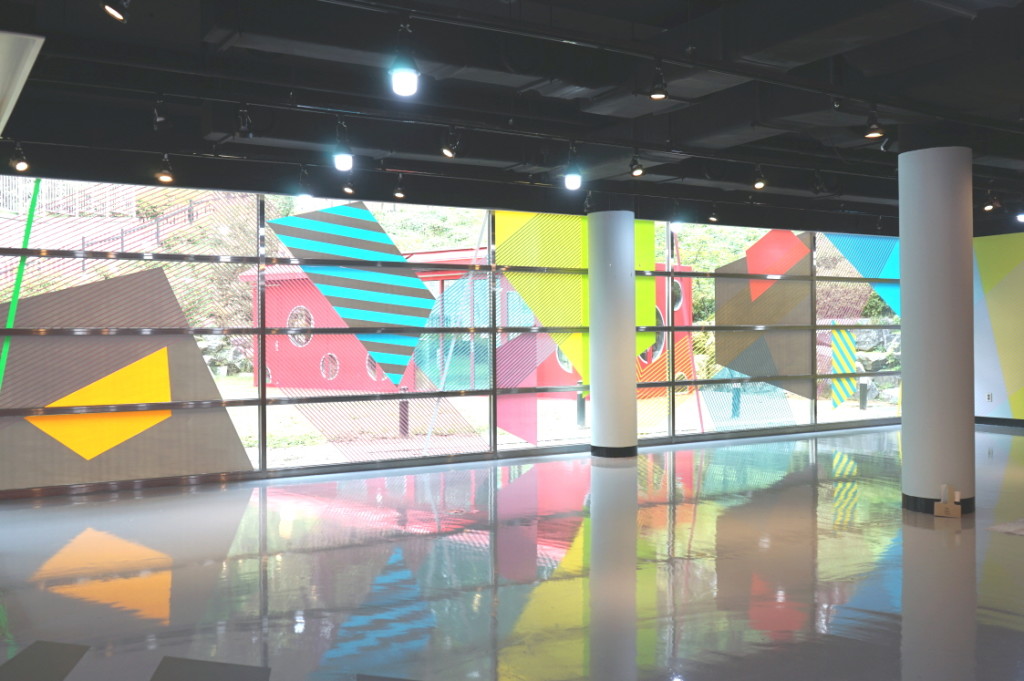

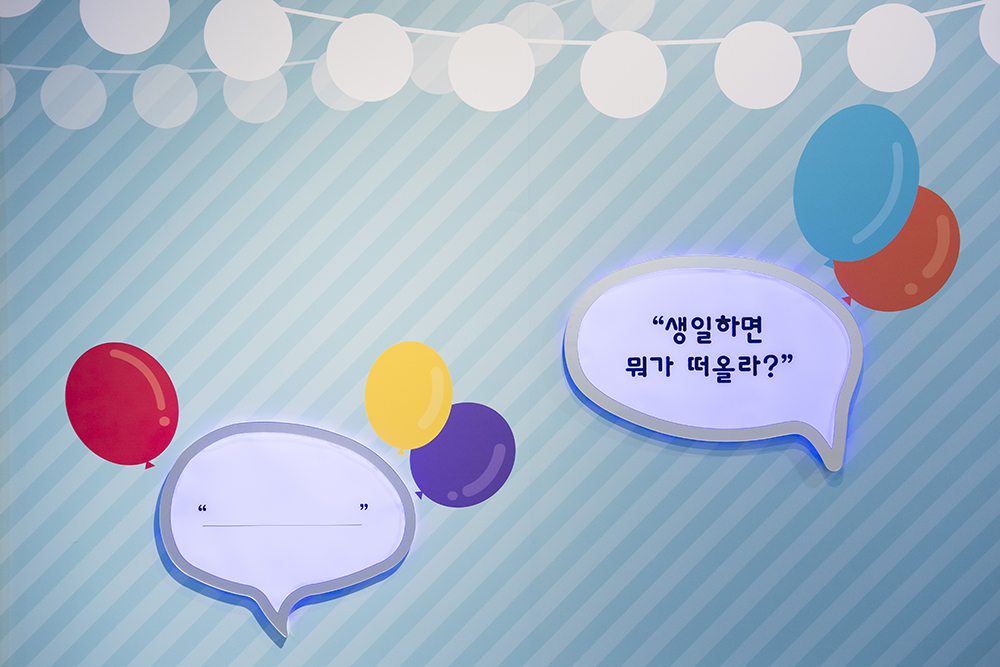

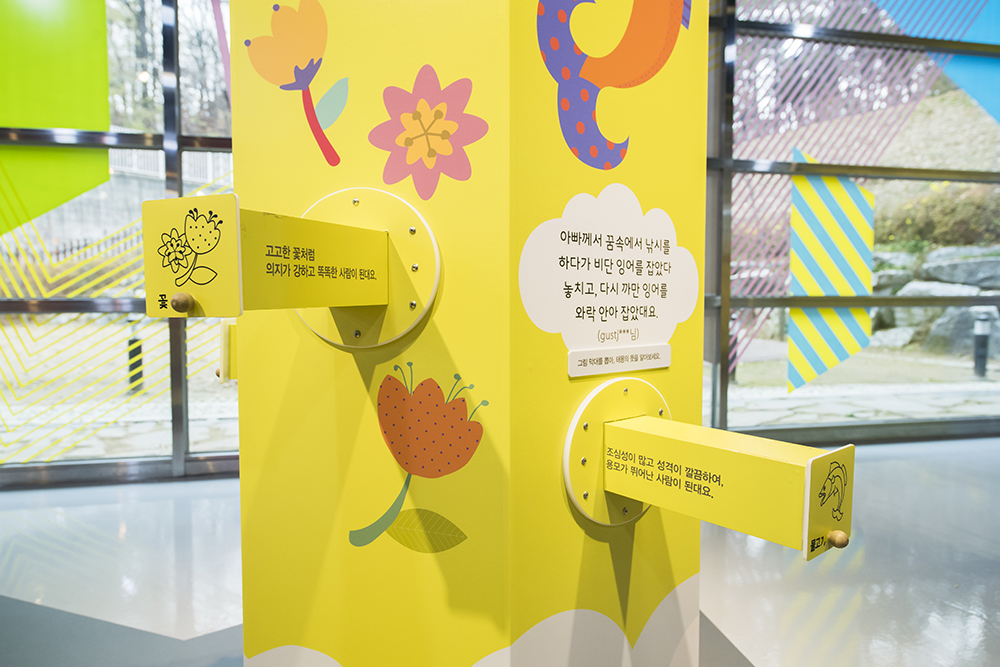

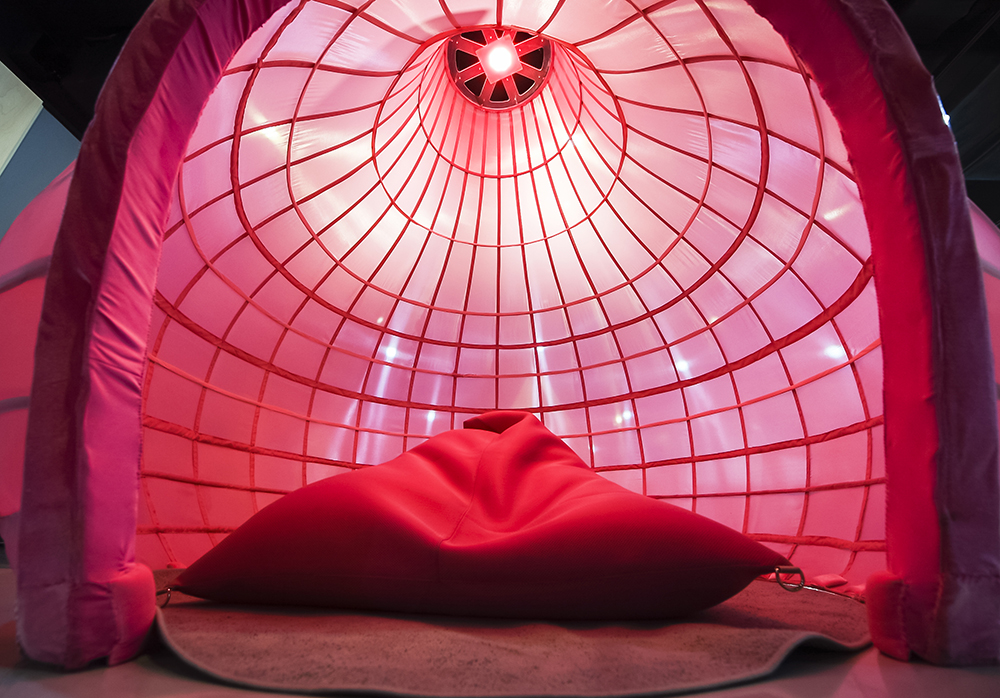

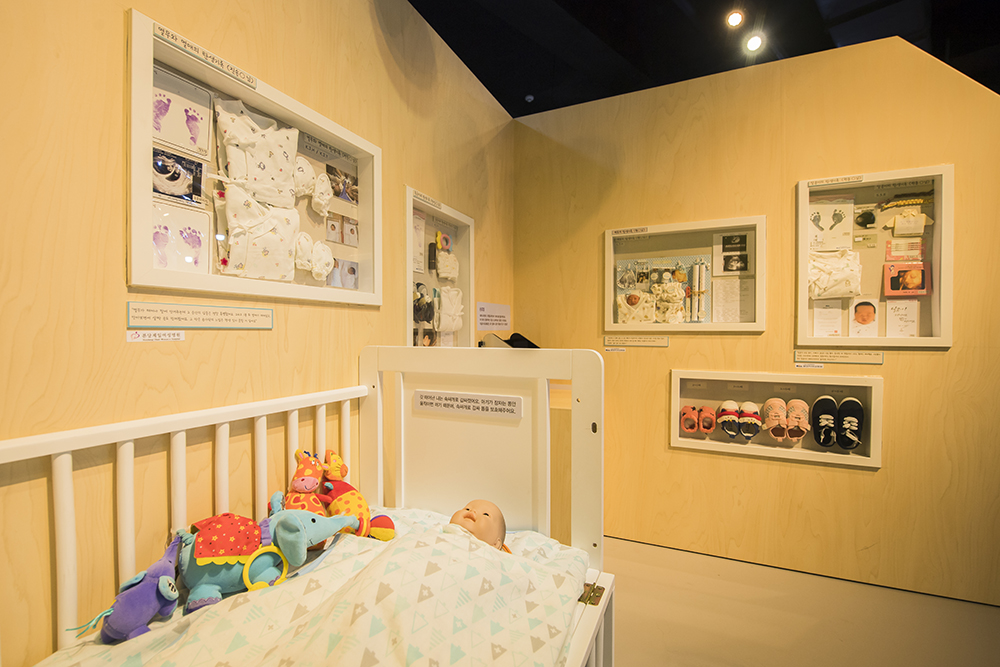

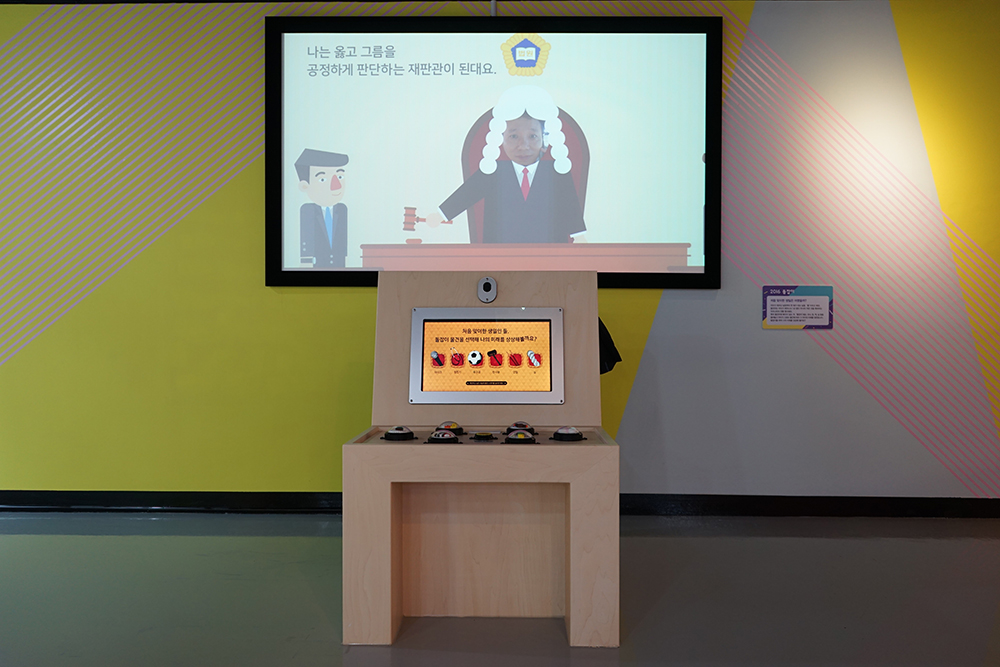

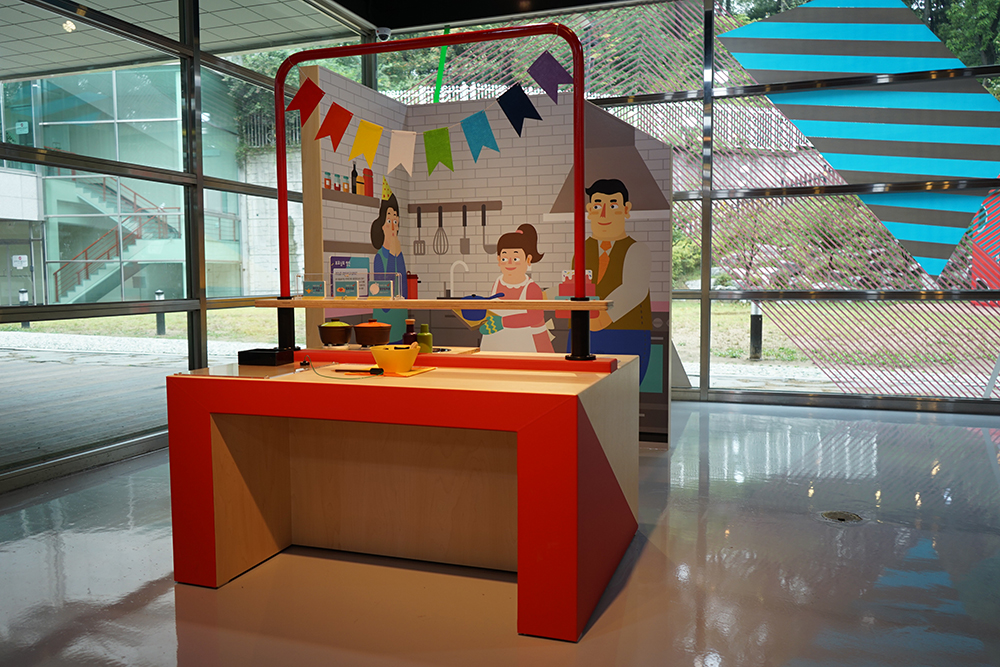





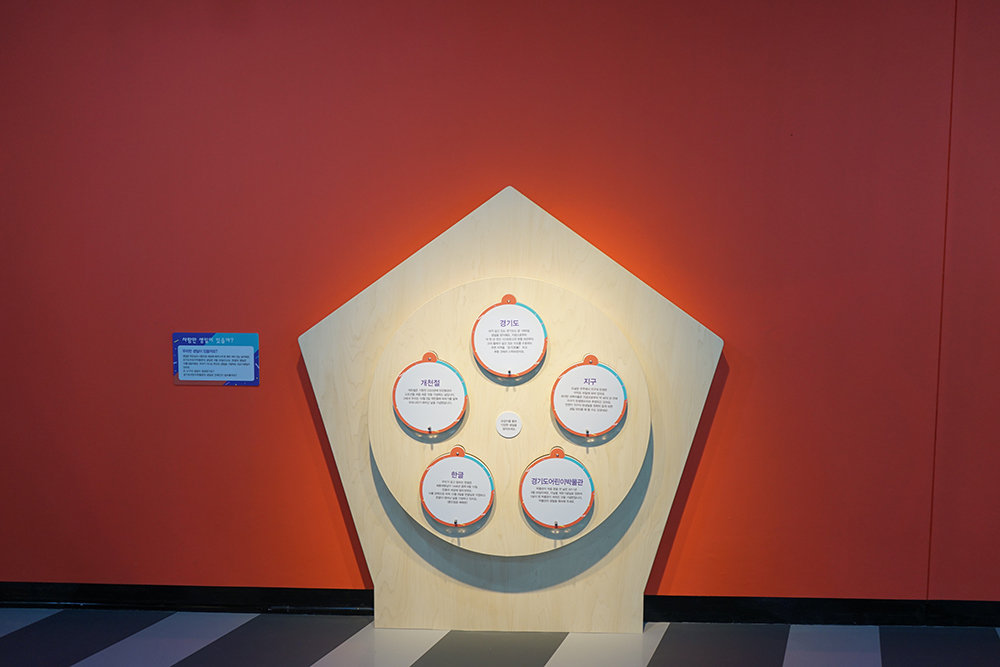

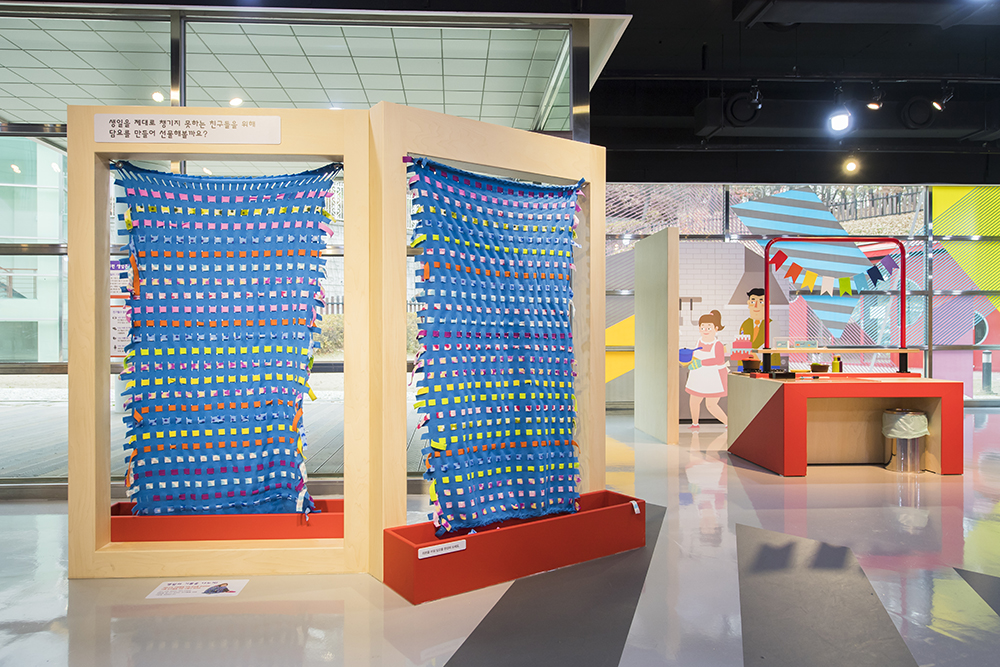

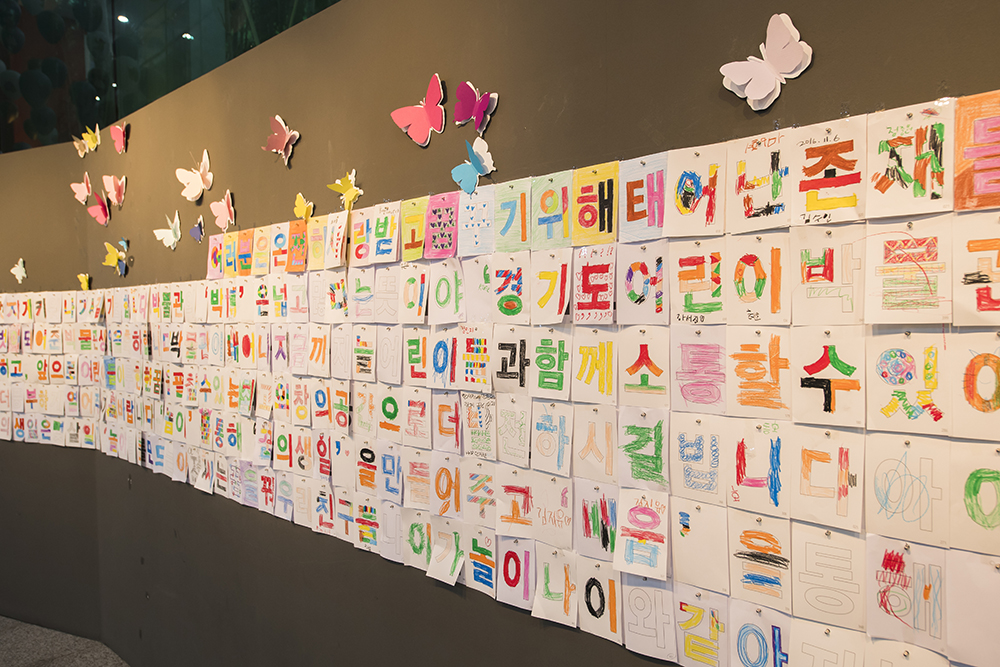

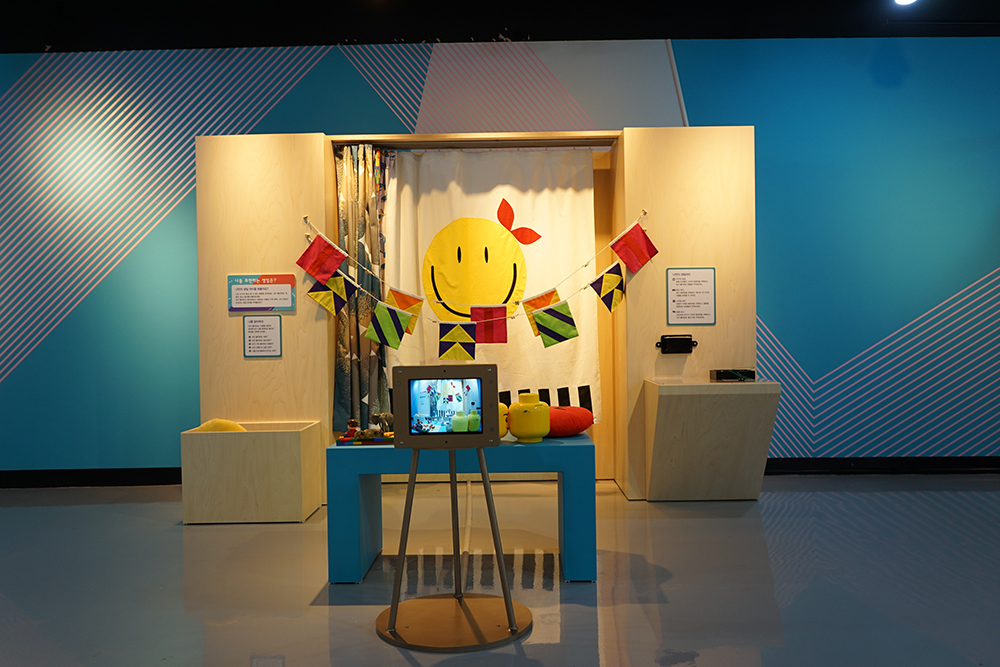

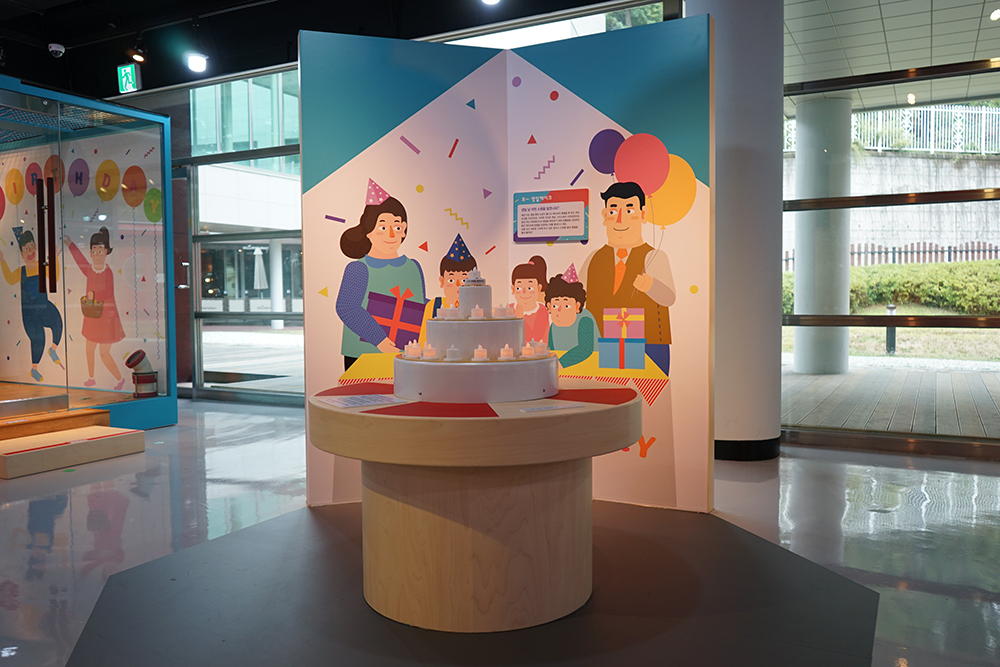

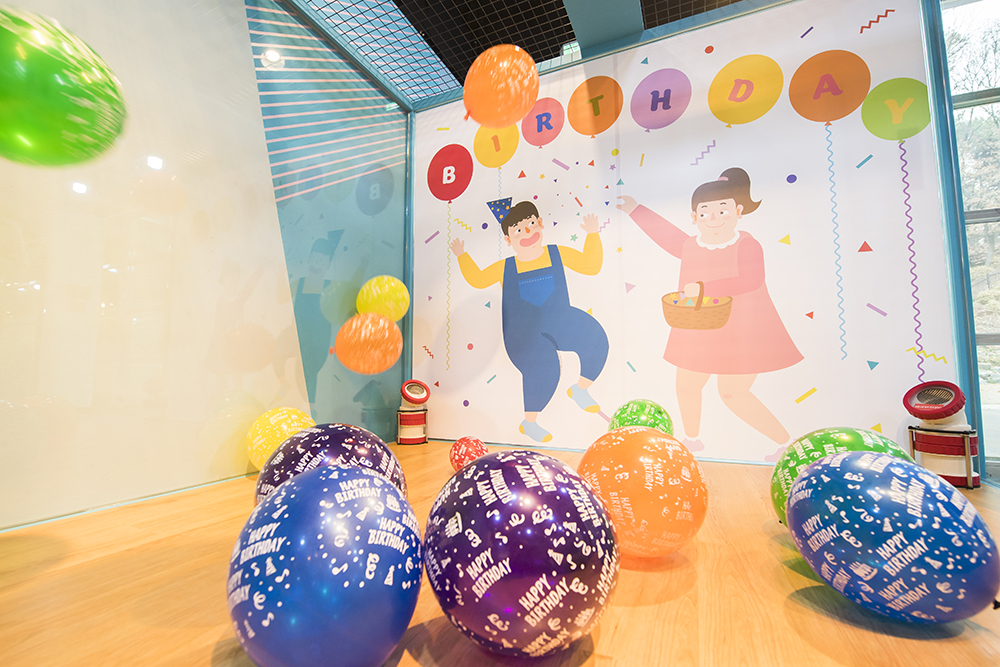






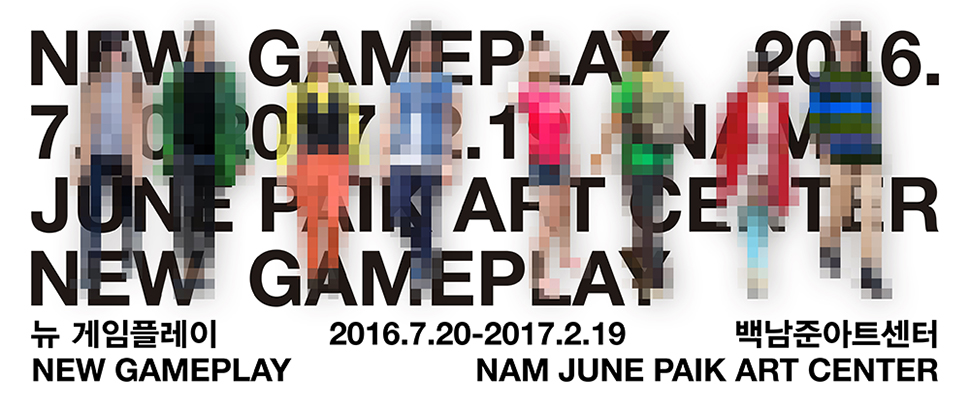
 ,
,  , SHILLA STAY
, SHILLA STAY 














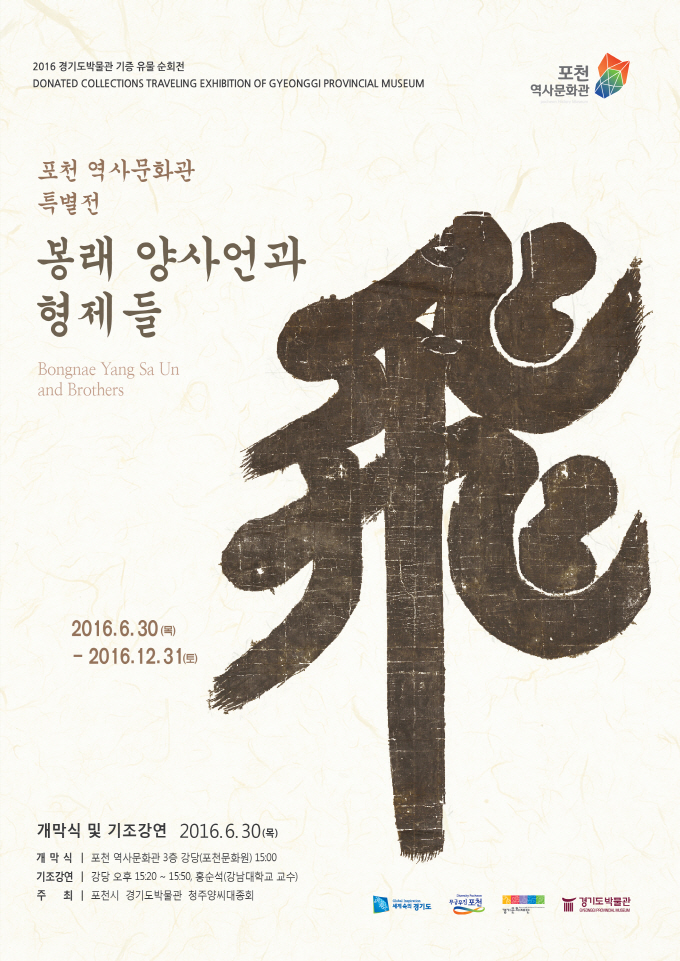
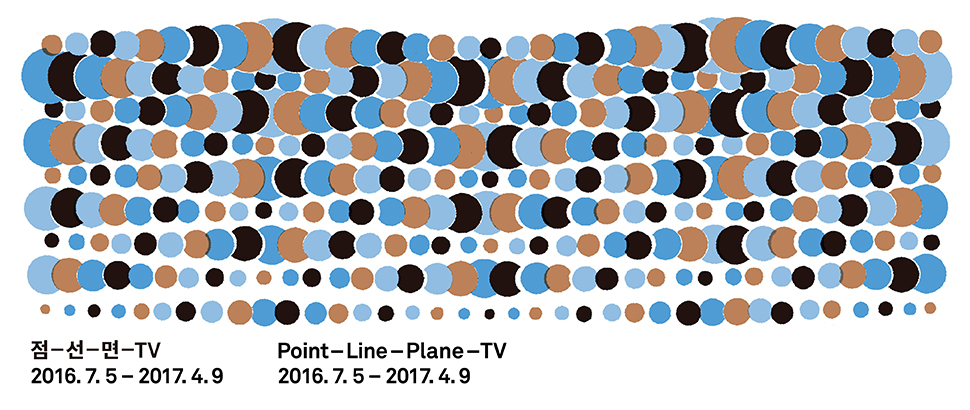








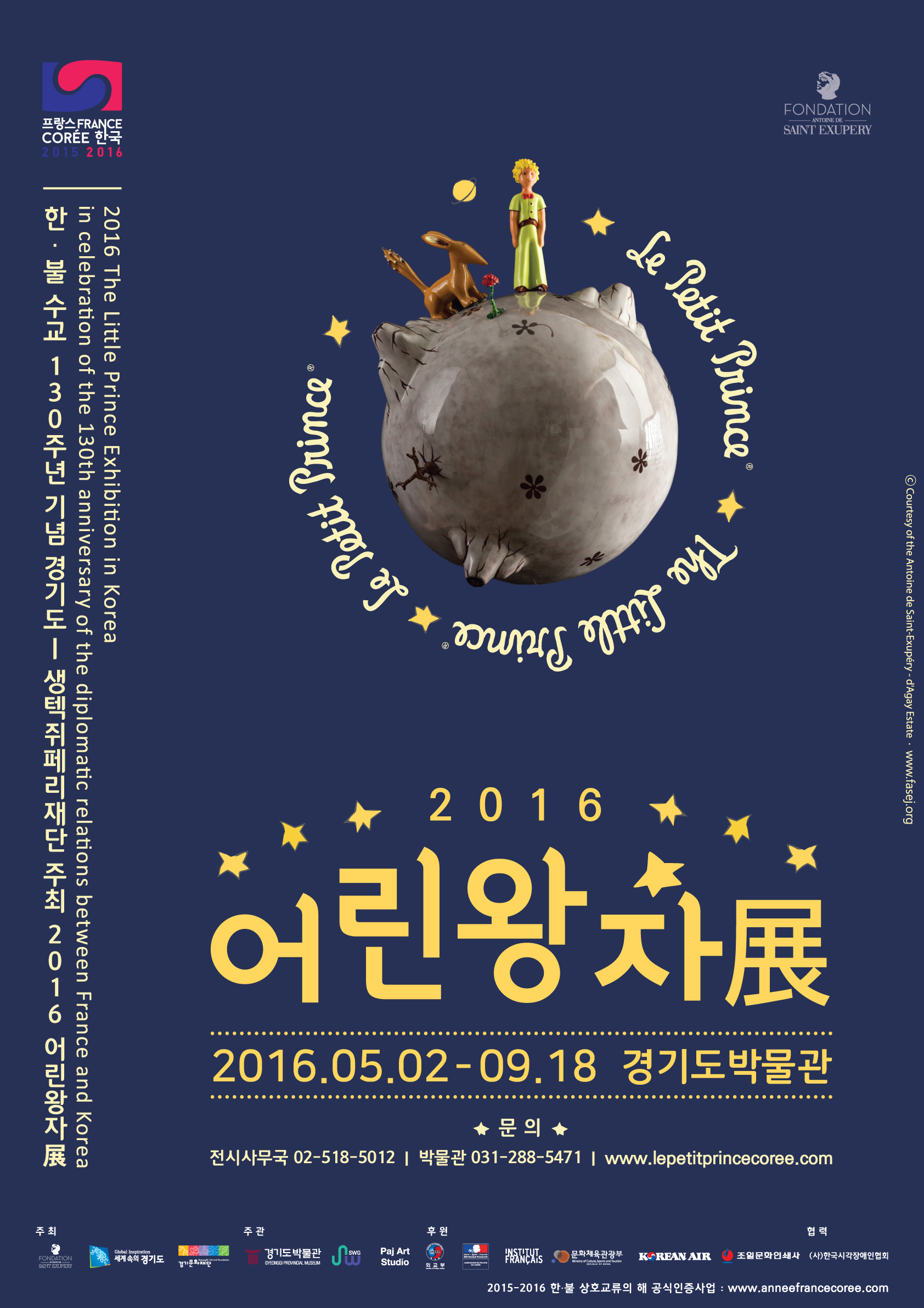


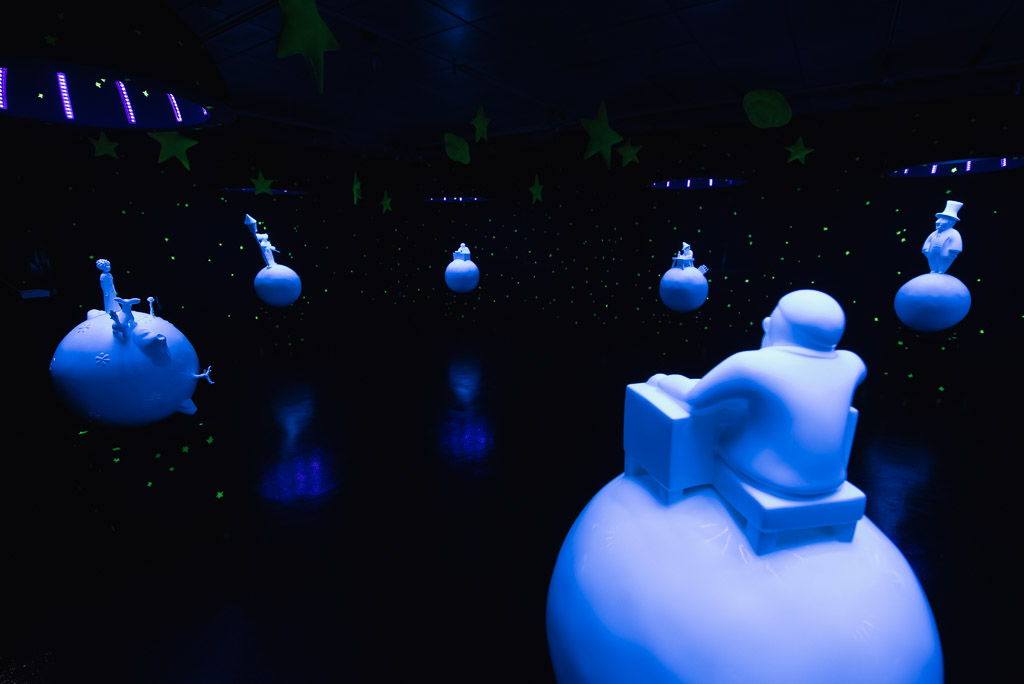
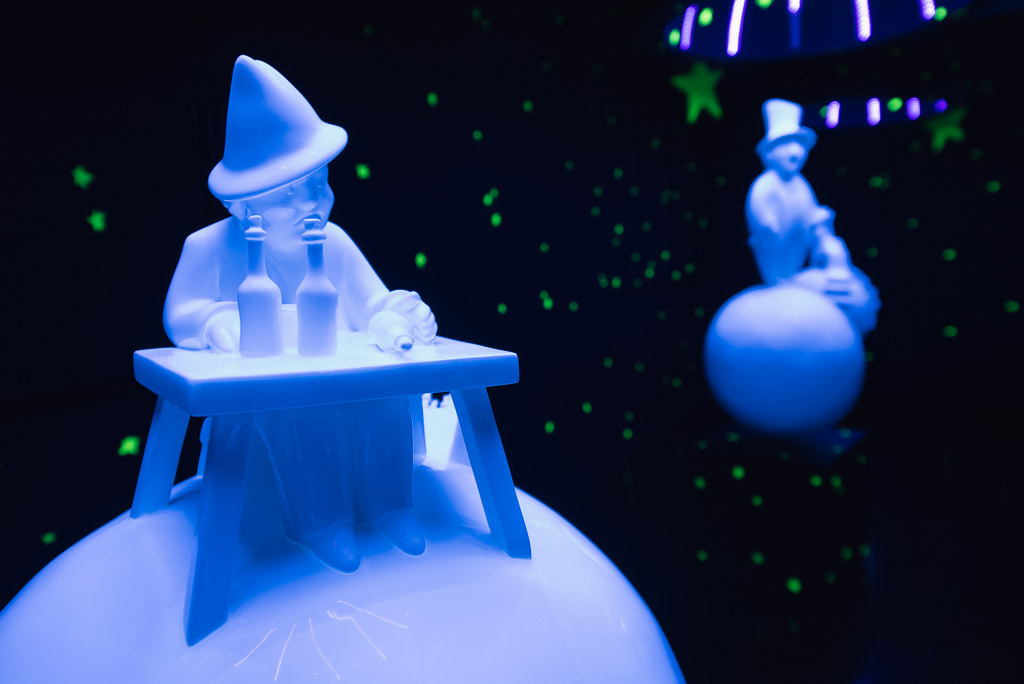
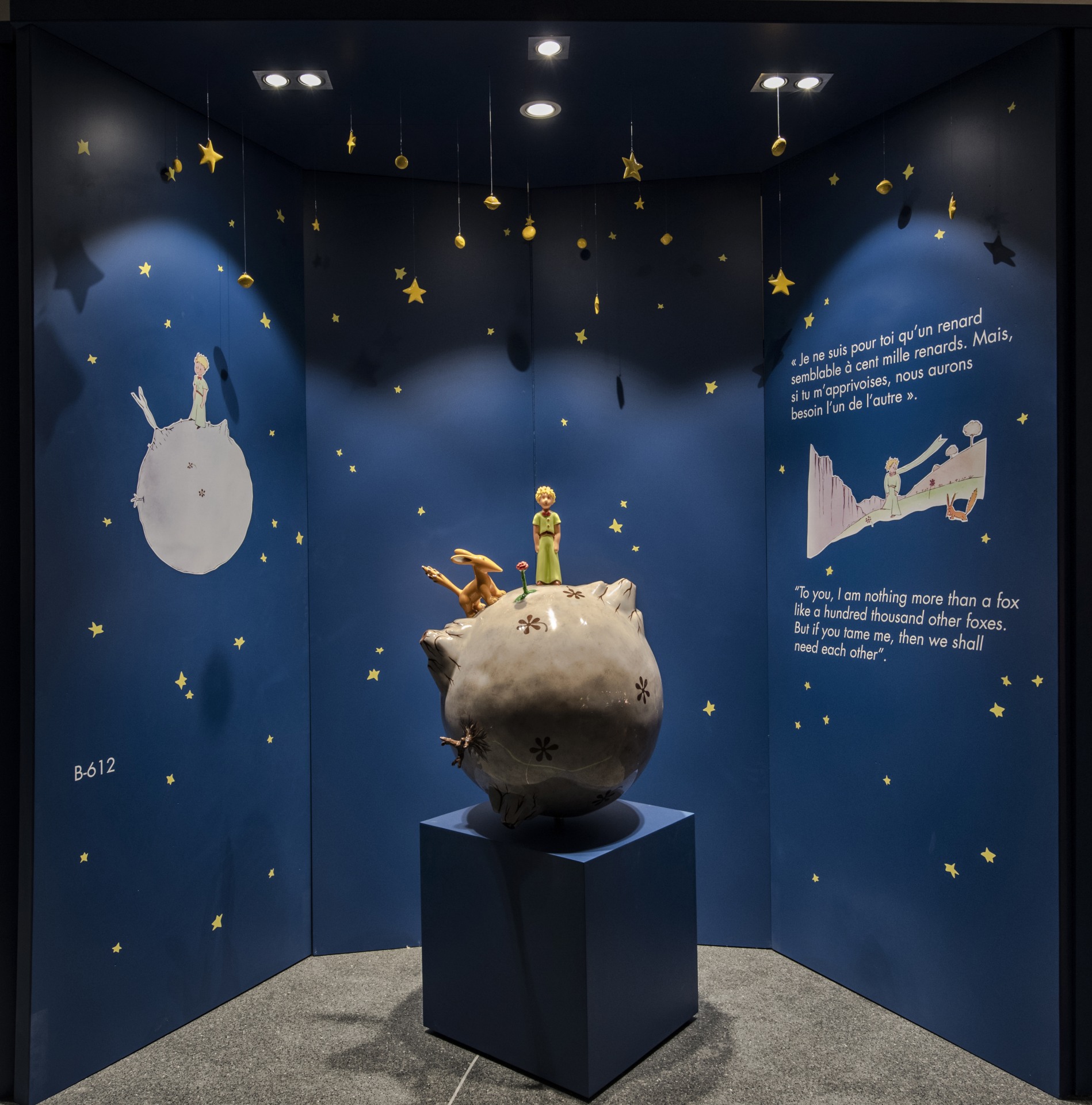

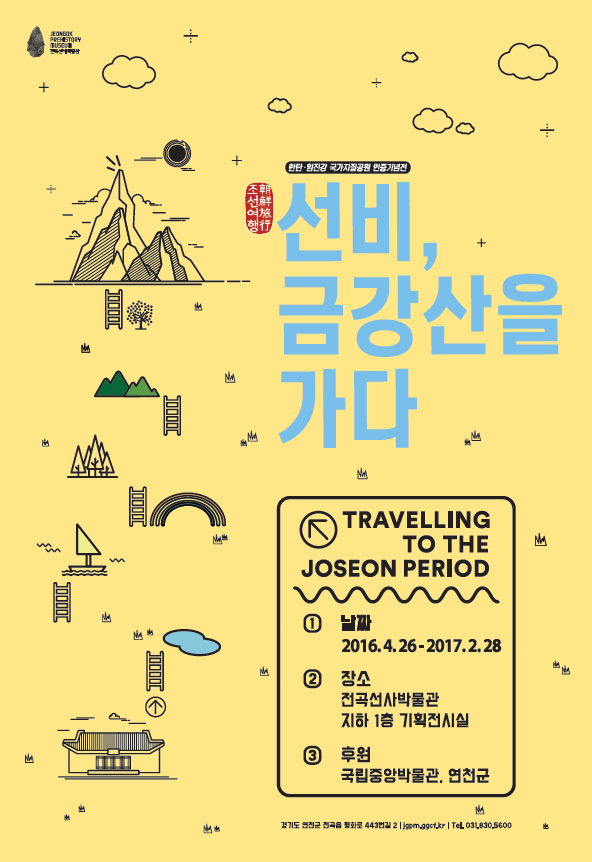
 ,
Dasan Art
,
Dasan Art  ,
Perrier
,
Perrier 
















